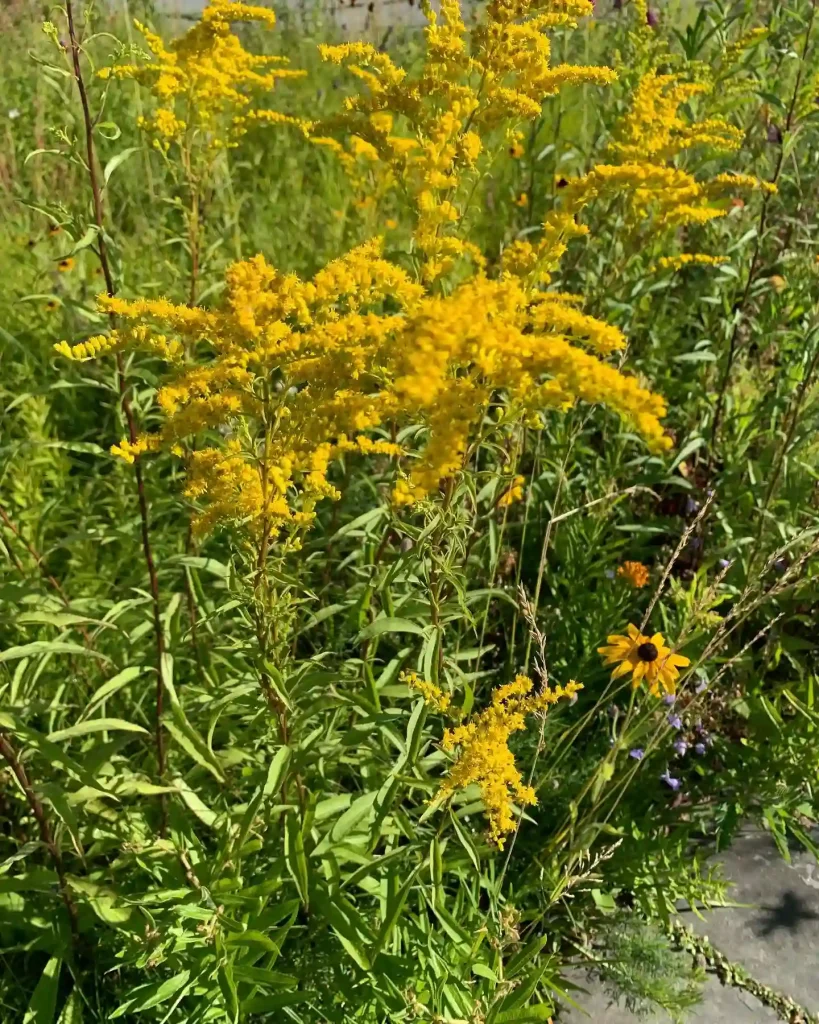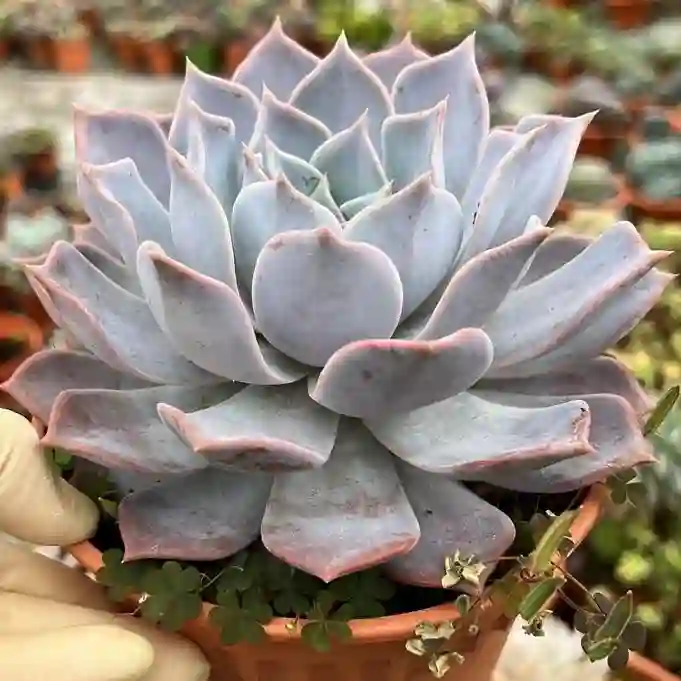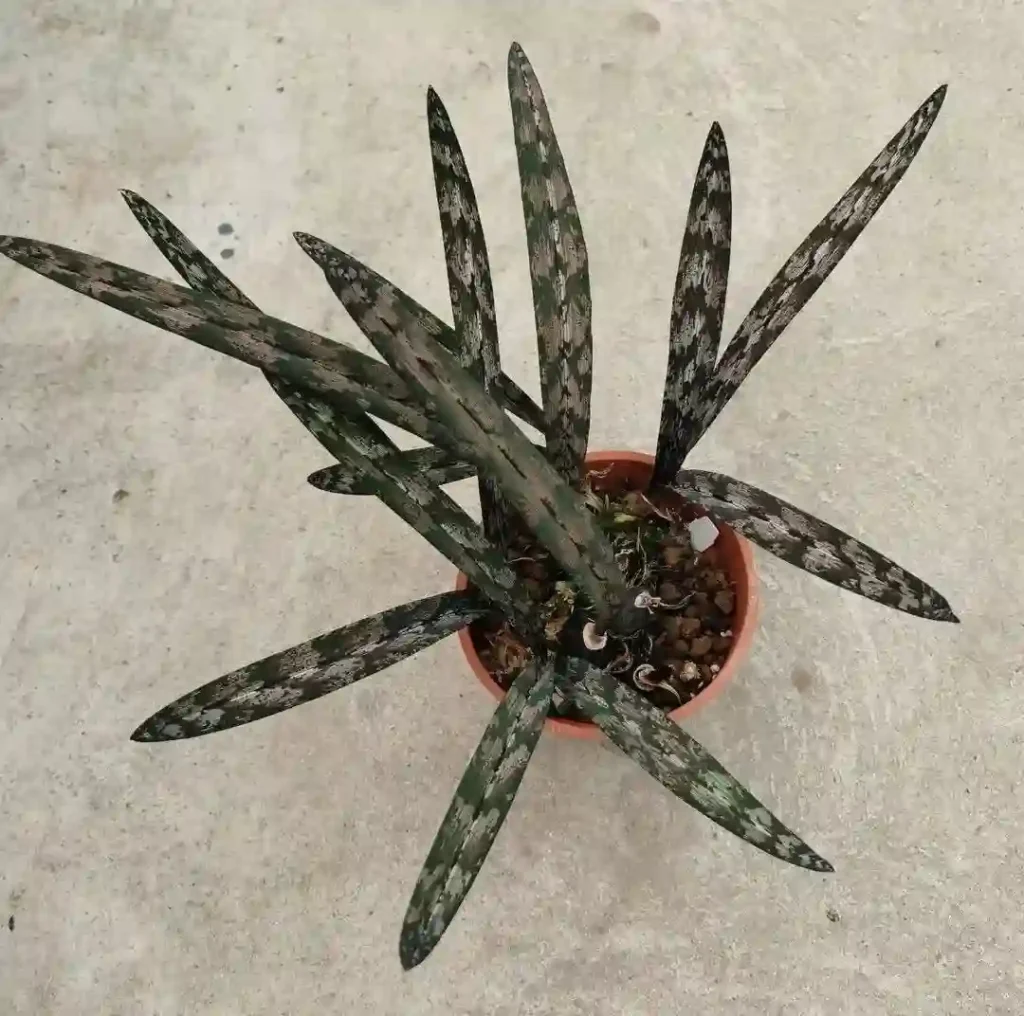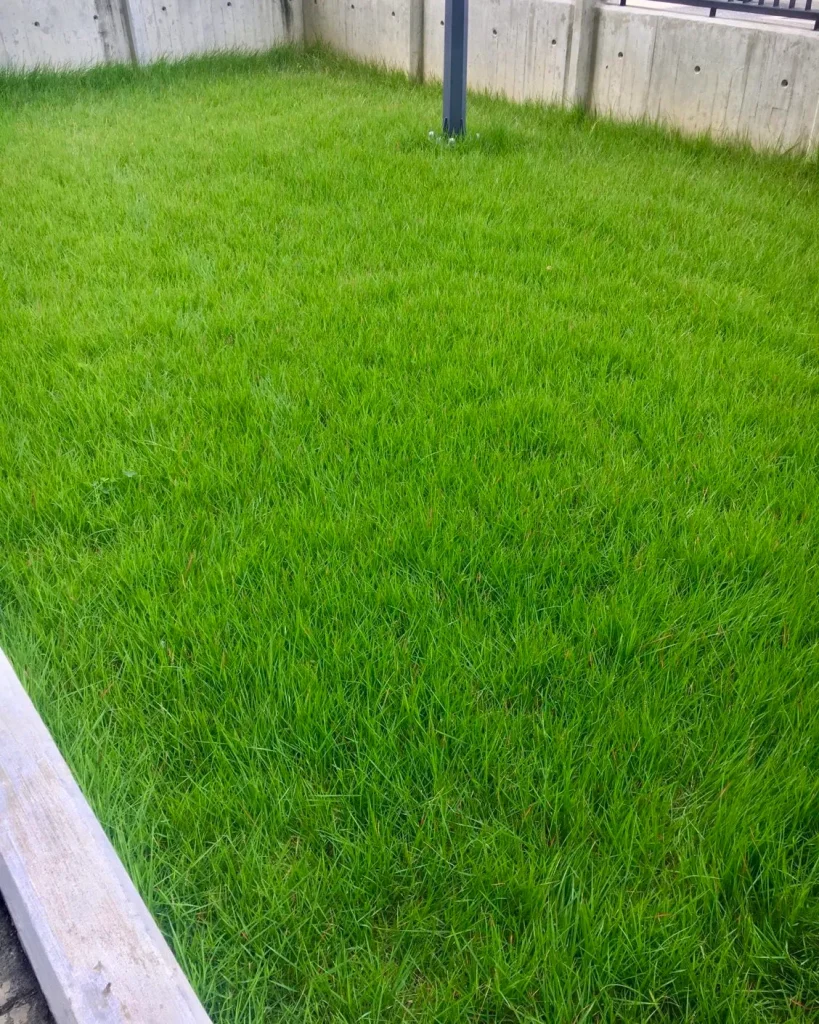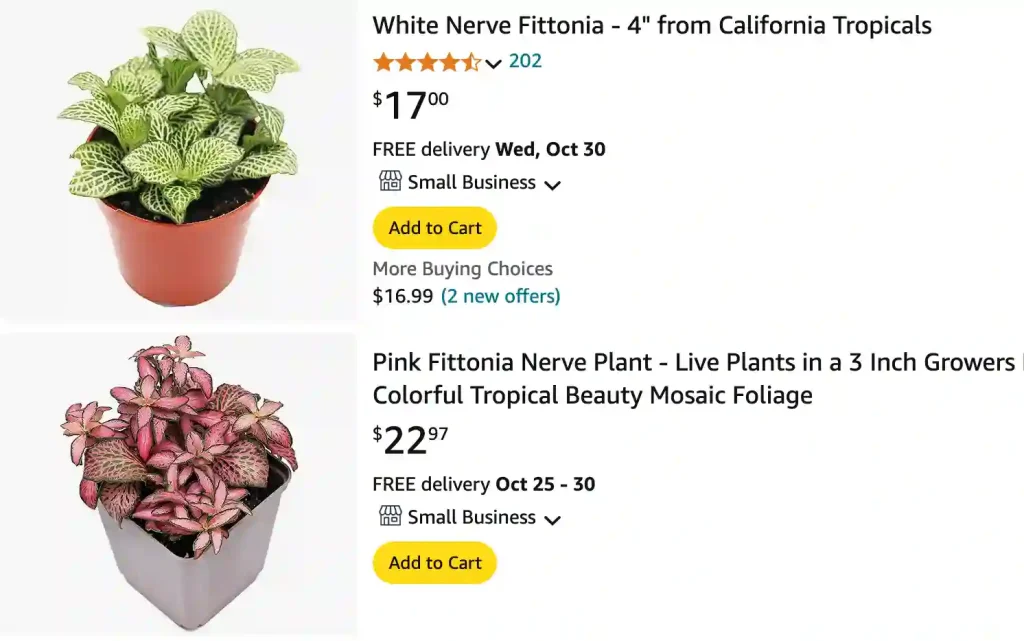
Fittonia: A Little Plant with Big Personality
Hi, I’m Ferb Vu, and I’ve got a confession to make: I’m a bit obsessed with Fittonia. You might know them as nerve plants, mosaic plants, or even painted net-leaf plants. Whatever you call them, these little guys have completely won me over with their vibrant colors and intricate vein patterns. I mean, have you ever seen anything quite like them?
They’re like tiny works of art, each leaf a canvas for nature’s creativity. And the best part? They’re not nearly as fussy as some of my other houseplant divas.
Why I Love Fittonia
First off, let’s talk about those leaves. The veins, often white or pink, create a stark contrast against the deep green, red, or even purple of the leaves. It’s like someone took a paintbrush and carefully traced delicate lines across each one. No two leaves are exactly alike, which adds to their charm.
But it’s not just about looks. Fittonia have this amazing ability to tell you exactly what they need. If they’re thirsty, they’ll dramatically faint, their leaves drooping like they’ve given up on life. But don’t worry, a quick drink of water and they’re back to their perky selves within minutes. It’s honestly quite entertaining.
And they’re surprisingly resilient. I’ve accidentally forgotten to water them for a bit too long (oops!), and they’ve always bounced back. They’re like the little engine that could of the plant world.
The Fittonia Family
Now, you might be surprised to learn that there are actually only two main species of Fittonia:
- Fittonia albivenis: This is the most common species, and it comes in a wide variety of colors and vein patterns. Some of my favorites include ‘Frankie’ with its stunning pink veins, ‘Red Anne’ with its deep red leaves, and ‘White Anne’ with its crisp white veins. Plant FAQs: Fittonia Albivenis
- Fittonia gigantea: As the name suggests, this species gets much larger than Fittonia albivenis. It can grow up to two feet tall and has larger, more oval-shaped leaves.
But within these two species, there are countless cultivars and varieties, each with its own unique personality. It’s like a never-ending treasure hunt trying to find them all!
Caring for My Fittonia Crew
I’ve found that Fittonia are pretty easy to care for, as long as you keep a few things in mind. They love humidity, so I mist them regularly and keep them in a tray of pebbles filled with water. They also prefer bright, indirect light. I’ve learned the hard way that direct sunlight can scorch their delicate leaves.
And as I mentioned earlier, they like to be consistently moist, but not soggy. I usually water them when the top inch of soil feels dry to the touch. I also fertilize them once a month during the growing season with a balanced liquid fertilizer.
More Than Just a Pretty Face
Fittonia are more than just pretty faces. They’re also known for their air-purifying qualities. They can help remove harmful toxins from the air, making your home a healthier place to live. And some people believe that Fittonia can bring good luck and prosperity. I’m not sure about all that, but I can say that they definitely bring me joy.
My Fittonia Adventures
I’m always on the lookout for new and interesting Fittonia varieties to add to my collection. I recently found a stunning ‘Pink Angel’ with bright pink veins and dark green leaves. It’s quickly become one of my favorites.
I’ve also been experimenting with different ways to display my Fittonia. I have a few in hanging planters, some in terrariums, and even one in a kokedama (a Japanese moss ball). They’re so versatile and look great in any setting.
If you’re thinking about adding a Fittonia to your plant family, I say go for it! They’re easy to care for, beautiful to look at, and they’ll add a touch of personality to your home. Just be prepared to fall in love.

